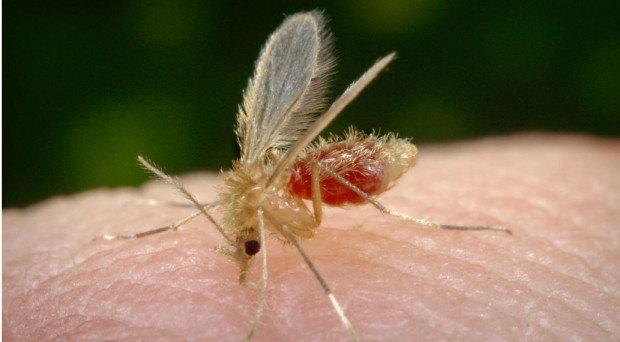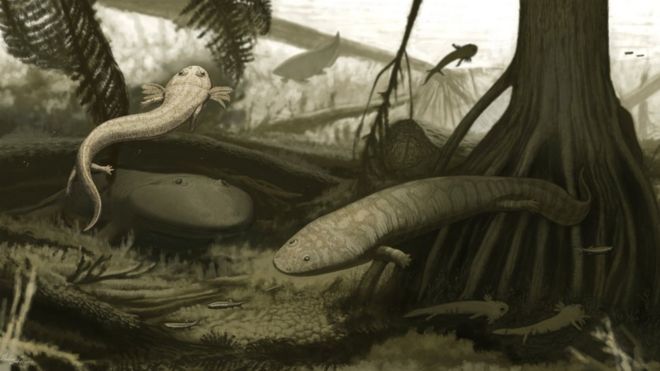Can a goldfish entertain more than one thought at a time, and would it remember if it could...? Dr Karl goes in the deep-end to try and find out.
There are over 125 types of goldfish. This is the result of careful selective breeding, begun when goldfish were first domesticated during the Chinese Sung Dynasty, about a thousand years ago - not that the goldfish would know anything about it! The popular belief is that no goldfish can remember anything that happened more than a few seconds ago. So every circuit of their tank or pond should be fresh and new - because supposedly, they can't remember the last loop.
So do fish have a memory? And how would you show that a fish has a memory? Or any animal for that matter?
Clearly, the Clark's Nutcracker has a superb memory. This bird lives in the American Southwest, and hoards food to get it through the winter. As autumn approaches, a single bird harvests up to 33,000 pine seeds. It then buries them in some 7,000 separate hidden treasure troves, each with about 4 or 5 seeds. Its memory is so good that it later successfully finds each of these individual 7,000 stockpiles. It digs up and eats the seeds to survive the winter. So there you go. Nobody could doubt that this animal has a superb memory.
In fact, few humans could do this - except perhaps Hiroyuki Goto, of Keio University in Tokyo, who in February 1995, correctly recited π to 42,194 places. (π is the ratio of the circumference of a circle to its diameter.)
Jonathan Lovell from Plymouth University's Institute of Marine Studies is convinced that some fish have a memory. He has successfully trained fish to swim towards a sound. He wants to release domesticated fish into the open sea, and call them back with special sounds to a feeding station, to supplement their natural diet.
Culum Brown (of the Institute of Cell, Animal and Population Biology at the University of Edinburgh) studied the crimson spotted rainbow fish while in Queensland. He compared fish that knew their tanks well, with fish that had just been placed in tanks. He introduced a net with a central hole into a tank, and then swept it from one end to the other. The fish that had a strong memory of their tank were better able to escape through the central hole - presumably because they could ignore what they remembered to be familiar and non-threatening to them (their tank), and instead, could concentrate on the new threat (the net). The fish that knew their tank remembered the trawling net so well, that they could escape it in a follow-up study some 11 months later.
By the way, 11 months is nearly one third of his fish's 3-year lifespan. That's a very long time to remember something that has happened to you only once, and in human terms, about 25 years ago.
Yoichi Oda of Osaka University in Japan has spent years studying the fine details of memory in goldfish - and he's also convinced that goldfish have a good memory.
Some goldfish will come to the glass of their tank whenever people walk into the room. These particular goldfish have worked out that when people turn up, so will food - at least, sometimes. In other words, People = Food. This is called "associative learning". The fish now associate people with food.
Fish also do "social learning", where they learn by watching their fellow fish. Fish are very good at "social learning", because some species of fish are very social. They all hang out together in schools. To survive in the school, they spend a lot of time paying attention to what their school mates do.
Some fish can learn music - probably because it's important for them, in the wild, to be able to distinguish between different sounds in their environment. Ava Chase of the Rowland Institute for Science in Cambridge, Massachusetts taught carp to tell the difference between John Lee Hooker (blues) and a Bach Oboe concerto (classical), by feeding them smaller fish as a food reward. The music was played to the fish through loudspeakers in their tank. She then discovered that the carp could generalize from what they had learnt, and classify music that they had not heard before, into the categories of blues or classical.
Some owners say that their goldfish remember their faces and freely frolic in the tank when they're the only ones present, but hide for an hour or so, when strangers enter the room.
And of course, there are thousands of anecdotes from owners of goldfish, who say that the fish remember regular feeding times. This is very impressive - after all, the goldfish food they get, looks nothing like the food they are genetically programmed to eat.















